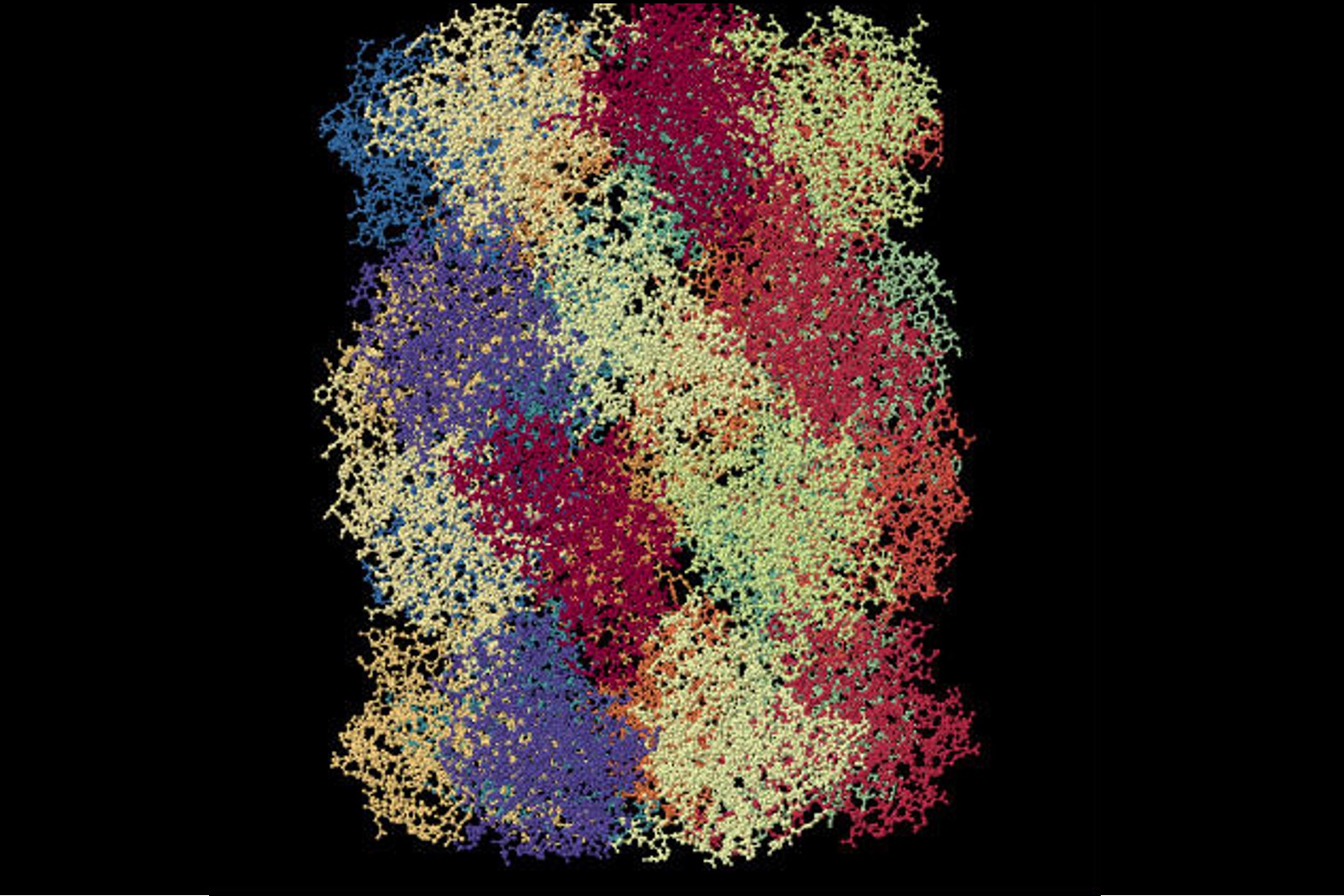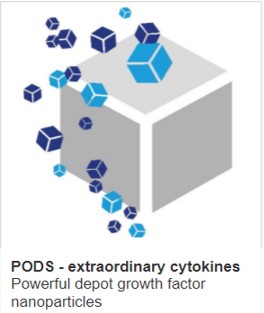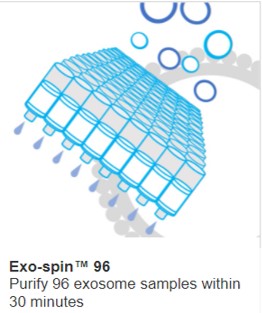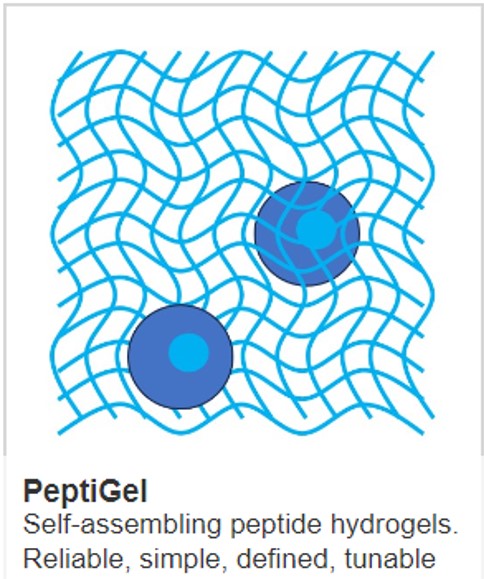PROTACs: Degrading can be good

What are PROTACs?
Targeted protein degradation (TPD) is an emerging technique used to study cellular processes and develop new therapies. Introduced in 1999, TPD works by breaking down specific proteins using either the proteasomal or lysosomal pathways. Most current TPD methods—such as PROTACs, molecular glues, Trim-Away, and SNIPERs—depend on the ubiquitin-proteasome system (UPS) and are primarily designed to target proteins inside cells.
Proteolysis-targeting chimeras (PROTACs) were first introduced by Sakamoto and colleagues in 2001. These are specialized molecules made up of three parts: one that binds to the target protein (protein of interest or POI), a linker, and another that binds to an E3 ubiquitin ligase. PROTACs work by bringing the target protein and the E3 ligase together, forming a ternary complex (POI–PROTAC–E3 ligase). This interaction hijacks the cell’s natural UPS, tagging the target protein with ubiquitin molecules and marking it for degradation by the proteasome.
Figure 1Basic structure of a PROTAC: POI ligand – linker – E3 ligase ligand
However, traditional medicinal chemistry mainly focuses on "druggable" targets—proteins with well-defined binding pockets. Increasingly, disease-related proteins are being identified that lack these features, making them “undruggable.” These proteins often have flat surfaces and no clear pockets for small molecules to bind, which makes designing conventional drugs difficult. In response to these challenges, PROTACs have emerged as a revolutionary strategy for targeting and regulating such hard-to-drug proteins.

Figure 1 A PROTAC designed to target MPRO using the E3 ligand (credit Aluugubellie et al CC4.0)
Design and development of PROTACs
The effectiveness of PROTACs in degrading target proteins depends not only on the binding affinity of each end to its respective target—the protein of interest and the E3 ligase—but also on the formation of a stable ternary complex through protein–protein interactions (PPI). At present, PROTAC design is primarily guided by empirical testing and structure–activity relationship (SAR) studies.
E3 Ligase and its ligand
Among the more than 600 known E3 ligases, only a few with available small-molecule ligands have been commonly used in PROTAC design. The most frequently used are CRBN, VHL, and cIAP. CRBN is particularly favoured due to its high expression across various tissues and its ability to support more efficient protein degradation. Additionally, CRBN ligands generally exhibit better drug-like properties compared to VHL ligands. Different E3 ligases can lead to varying levels of degradation efficiency, influenced by their expression in specific cell types and the selectivity of target proteins for certain ligases. As a result, CRBN and VHL ligands are typically the first choices in PROTAC design due to their broad applicability and effectiveness.
Linker design strategies
Commonly used linkers in PROTAC design include PEG chains and (un)saturated alkyl chains of varying lengths. Alkyl linkers are often favoured in early synthesis due to their ease of preparation, allowing researchers to quickly explore and optimize linker length. However, their high hydrophobicity can reduce the cell permeability of PROTAC molecules. To address this, alkyl chains containing heteroatoms (such as oxygen or nitrogen) are used to improve hydrophilicity. Incorporating PEG linkers can further enhance solubility and cellular uptake, making them a valuable choice in PROTAC development.
The length of the linker plays a critical role in the degradation efficiency of PROTACs. In the early stages of design, longer linkers are often used, as they increase the chances of forming a successful ternary complex. Once an effective PROTAC is identified, the linker length is gradually shortened to find the optimal configuration. If the linker is too short, steric hindrance may prevent both ligands from simultaneously binding to their targets, blocking ternary complex formation. On the other hand, an overly long linker can interfere with protein–protein interactions (PPI), reducing ubiquitination efficiency. Additionally, longer linkers increase molecular weight, which can impair cell permeability. To overcome these limitations, rigid elements like alkynes, piperazine, or piperidine are often incorporated into linkers to enhance the pharmacokinetic properties and overall performance of PROTACs.
PROTACs in cancer therapy
PROTACs have recently gained attention as a promising strategy in cancer immunotherapy. Tumours often escape immune detection due to immunosuppressive tumour microenvironments (TMEs), which are characterized by overexpression of immune checkpoints, excessive production of immunosuppressive cytokines, and infiltration of cells like M2-type tumour-associated macrophages, regulatory T cells (Tregs), and myeloid-derived suppressor cells (MDSCs). These TMEs block the infiltration and function of immune cells, weakening antitumor immunity. Many oncogenic proteins contribute to the creation and maintenance of these suppressive environments. By targeting and degrading these proteins, PROTACs can help restore immune responses—either by directly disrupting immune checkpoint pathways or by eliminating immunosuppressive signals within tumours. Additionally, PROTAC-induced degradation of certain proteins can trigger cancer cell death in a way that releases damage-associated molecular patterns (DAMPs), promoting an immune-stimulating process known as immunogenic cell death (ICD).
In 2022, Lim et al. reported UBX-382 as a highly effective PROTAC targeting Bruton's tyrosine kinase (BTK), showing strong activity against BTK and its downstream B-cell receptor (BCR) signalling in diffuse large B-cell lymphoma (DLBCL). BTK plays a key role in promoting the nuclear localization of NF-κB, which activates gene expression linked to B-cell development, survival, and proliferation. As a central regulator of cell growth and survival in B-cell malignancies, BTK has become a critical therapeutic target. Therefore, inhibiting or degrading BTK represents a powerful strategy for treating B-cell–related blood cancers.
Administration of UBX-382 demonstrated strong in vivo efficacy in murine xenograft models using both wild-type and mutant BTK-expressing ABC-DLBCL cells. Notably, UBX-382 not only degrades BTK but also targets various CRBN neosubstrates in a cell line–dependent manner, indicating its potential for personalized treatment of B-cell malignancies. These promising findings highlight UBX-382 as a highly potent and efficient degrader, supporting its potential as a preclinical candidate for the treatment of a broad range of hematological cancers.
Although many challenges and obstacles remain, PROTACs hold significant therapeutic promise due to their unique advantages. With ongoing technological advancements and deeper scientific understanding, the design and synthesis of PROTACs are expected to become increasingly refined. This progress may pave the way for the effective treatment of a wide range of diseases and bring meaningful clinical benefits in the near future.
IMAGE Proteasome complex CREDIT http://www.rcsb.org/pdb/explore/explore.do?structureId=3KRD



